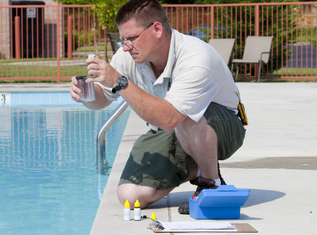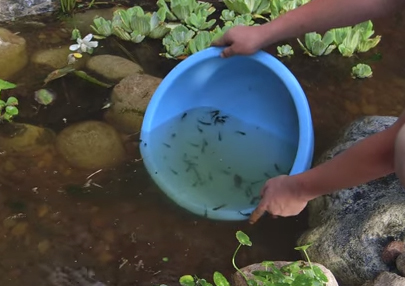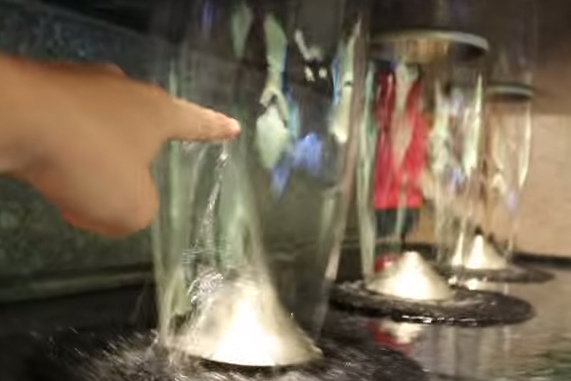ARTICLES
Advance Search
Aquatic Health
Aquatic Health, Fitness & Safety
Around the Internet
Aquatic Culture
Aquatic Technology
Artful Endeavors
Celebrity Corner
Life Aquatic
Must-See Watershapes
People with Cameras
Watershapes in the Headlines
Art/Architectural History
Book & Media Reviews
Commentaries, Interviews & Profiles
Concrete Science
Environment
Fountains
Geotechnical
Join the Dialogue
Landscape, Plants, Hardscape & Decks
Lighter Side
Ripples
Test Your Knowledge
The Aquatic Quiz
Other Waterfeatures (from birdbaths to lakes)
Outdoor Living, Fire Features, Amenities & Lighting
Plants
Ponds, Streams & Waterfalls
Pools & Spas
Professional Watershaping
Structures (Editor's Notes)
Travelogues & History
Water Chemistry
WaterShapes TV
WaterShapes World Blog
Web Links
Around the Internet
Aquatic Culture
Aquatic Technology
Artful Endeavors
Celebrity Corner
Life Aquatic
Must-See Watershapes
People with Cameras
Watershapes in the Headlines
These days, we do most of our work in the hills in and around Newport Beach, Calif. To describe the area as "affluent" is understating the case: For years now, even modest homes for sale in the area usually draw seven-figure prices - and the more modest the home, the likelier it is that it will be torn down and replaced with something larger and more elaborate. Through the past few years, we at Pure Water Pools of Costa Mesa, Calif., have been called to many of these built-out properties by homeowners who
County to Create Pool Network Safe for People with Dementia
I spend a lot of time looking at watershapes: Big and small, elaborate and simple, recreational and decorative, calm and eruptive, distant and interactive. In too many ways to count, they're so much nicer now than when WaterShapes started paying attention to them 16 years ago. I think back to a time when I was an occasional
Water in the open basins that commonly surround fountain jets or nozzles is never tranquil while these systems are in operation. It will slosh around in response to the upward thrust of those jets or nozzles as well as the splashing the rising water makes as it drops back into the basin. If the circumstances are right, this disruptive splashing will produce waves in a distinct, consistent pattern. By exploiting these waves, it's possible to produce an effect I find
Decades ago, people in the pool industry started becoming aware that there was more to pool maintenance than just adding sanitizers to the water (to kill algae and bacteria) and filtering it (to help keep it crystal clear). Gradually, we learned that even properly sanitized and filtered pool water could become unbalanced. Further, we figured out that unbalanced water could be either scale-forming, in which case a layer of
New Open-Air Swimming Pool to Float on European Capital's River
The life of a pond installer is dotted with moments of quiet satisfaction. Getting a contract signed is an obvious one, as is accepting final payment. But in between, you have to take positive moments where you can find them - and for me, there's nothing more soul-satisfying than introducing aquatic animals to a new pond I've built. In the specific project covered
Which Oscar-Nominated Movie Left Out the Swimming Angle?
When I prepare my Travelogues, I always spend some time, usually midway through the process, looking at what's available on the Internet to support the basic observations I'm getting ready to offer. Often, for example, I'll confirm information I already have about designers or engineers or installers (and their clients), touching all the bases to get the details right. As important, I'm on the lookout for




















Remembering Andreas Sofikitis